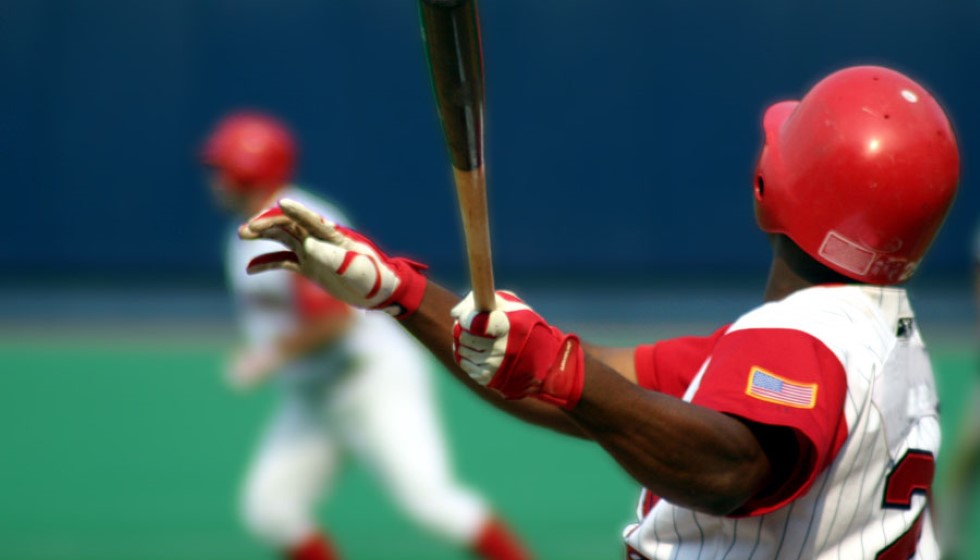
As the Major League Baseball (MLB) season progresses, a troubling pattern has emerged, spotlighting the physical toll the modern game exacts on its pitchers. Prominent names such as Eury Pérez, Shane Bieber, Jonathan Loáisiga, and Spencer Strider find themselves sidelined due to injuries, with Framber Valdez recently scratched from a scheduled start because of elbow soreness. These instances mark a concerning trend within the sport, one that raises questions about the sustainability of current pitching practices and the overall well-being of the athletes involved.
Rising Concerns Over Pitcher Injuries
Statistics paint a grim picture, revealing that 34.2% of MLB pitchers have undergone Tommy John surgery, a procedure often necessitated by severe elbow injuries. At the onset of this season, an astounding 80% of the players on the injured list were pitchers, underscoring the disproportionate impact that the current state of the game has on this group of athletes. Several factors contribute to this dilemma, including the implementation of a pitch clock, which some argue puts additional strain on pitchers, forcing them to rush their routines and potentially compromising their form and health.
Furthermore, the quest for increased pitching velocity and enhanced spin rates places significant stress on pitchers' arms. These demands, coupled with the league's crackdown on the use of foreign substances, have not only altered the dynamics of pitching but have also, according to some, led to a spike in injuries. Players and analysts alike point to the ban on these substances as a precipitating factor, with one pitcher openly expressing frustration, stating, "I truly believe 100% that's why I got hurt. I'm frustrated MLB doesn't understand. You can't just tell us to use nothing. It's crazy."
The Impact of Early Specialization and Game Changes
Another contributing factor to the high incidence of injuries among pitchers is early specialization in youth baseball. Aspiring athletes are focusing exclusively on baseball from a young age, leading to early wear and tear on their arms. This issue is compounded by the fact that there are growing concerns about the health impacts of reduced recovery time between appearances, potentially exacerbating the risk of injury over the long term.
Despite these mounting concerns, the MLB has yet to fully acknowledge or study the effects of these significant changes on player health. Critics argue that this lack of action represents an unprecedented threat to the game and its most valuable asset — the players. As one industry observer put it, "The league's unwillingness thus far to acknowledge or study the effects of these profound changes is an unprecedented threat to our game and its most valuable asset — the players."
The Frustration Among Players
The frustration among players is palpable, particularly regarding the ban on foreign substances. One player's comment captures the sentiment of many: "Our concerns about the health impacts of reduced recovery time have only intensified." This echoes a broader dissatisfaction within the league, with players feeling that the measures adopted to maintain the integrity and competitive balance of the game are, paradoxically, putting their careers and well-being at risk.
As the MLB continues to evolve, the league faces a critical challenge in balancing the demands of the game with the health and longevity of its players. The high rate of injuries, particularly those necessitating surgeries such as Tommy John, calls for a reevaluation of current practices and policies. If left unaddressed, this trend may not only derail the careers of promising athletes but also compromise the quality of the game itself.
In summary, the ongoing situation regarding pitcher injuries within MLB is a complex issue rooted in various factors, including the push for greater performance, changes in the rules, and early specialization. As the season unfolds, all eyes will be on how the league addresses these concerns, with the hope that meaningful measures will be implemented to safeguard the health and future of its pitchers. The debate over the impact of new policies and the physical demands of modern baseball continues, but what remains clear is that action is needed to protect the well-being of the players who form the heart of the game.